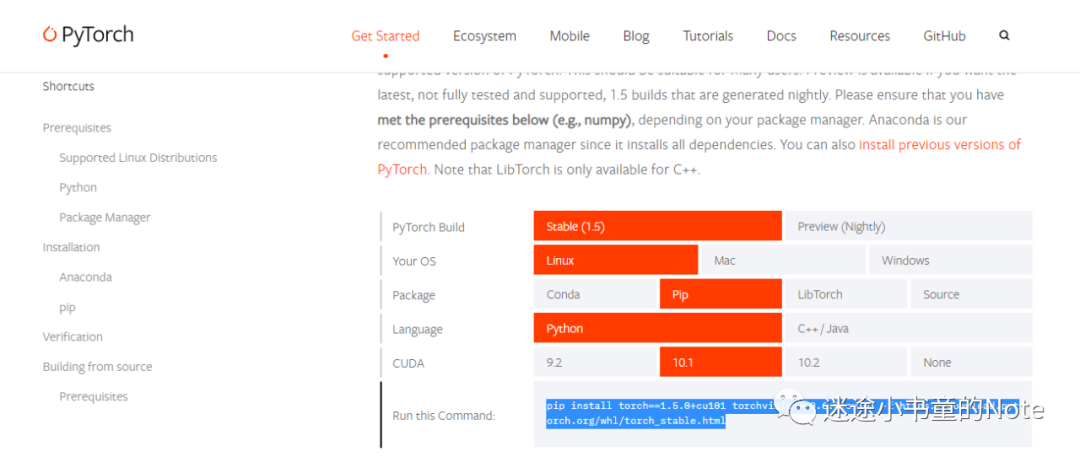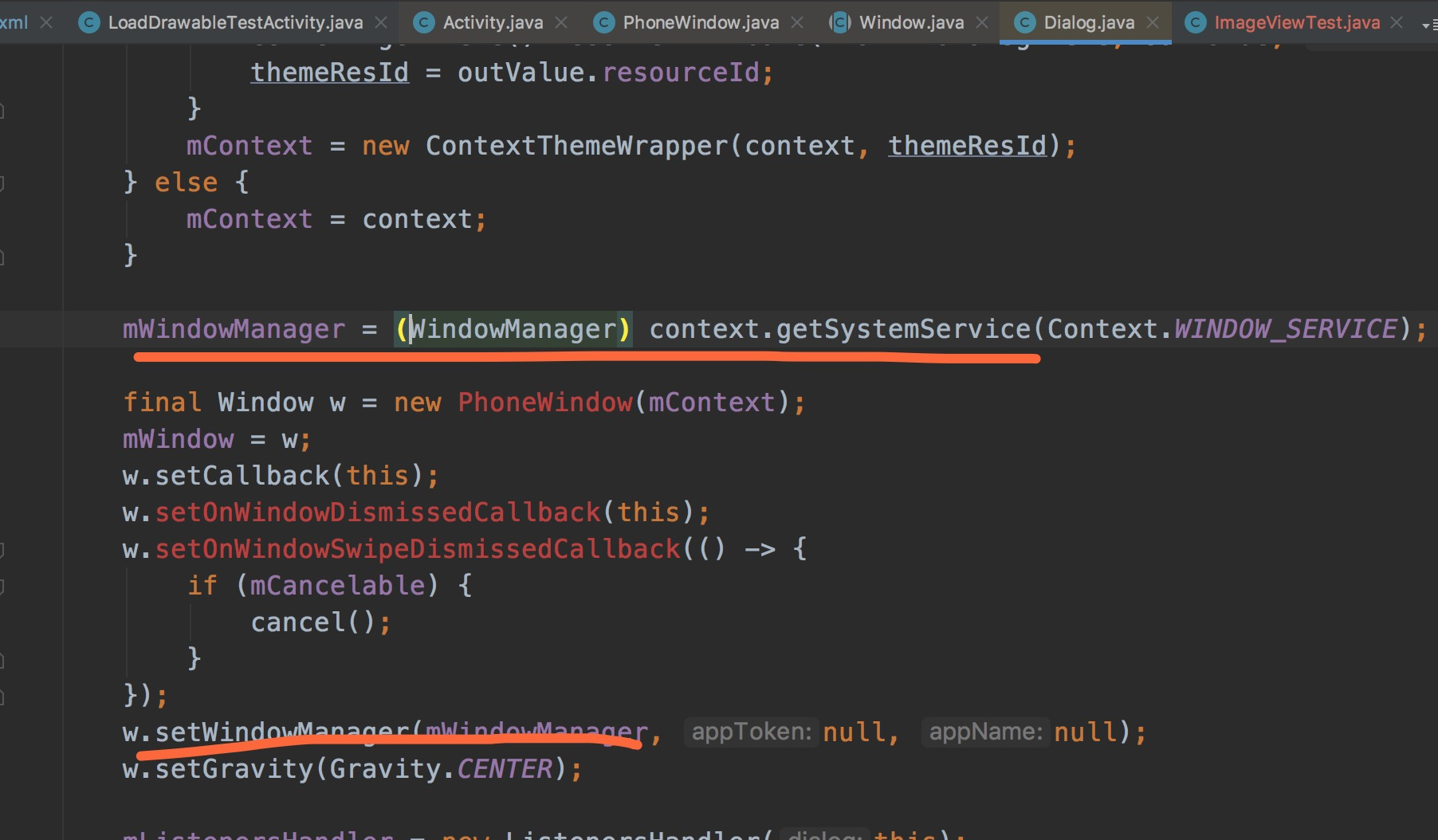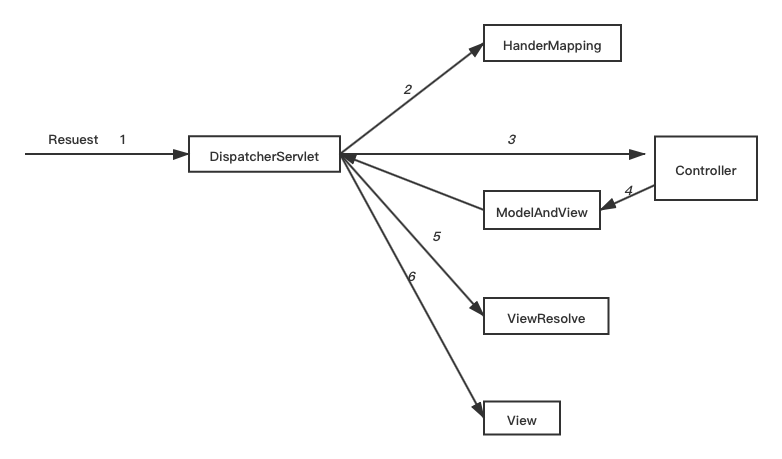I looked for a solution on the web for my configuration but I can't find something which satisfies my needs. So far, I have been working on this for 3 full days, and I can't make it works properly, I am sure there are several things that I didn't understand.
I am developing my symfony application on the branch 2.1.
To make this short. I have a webservice which I want to use for the authentication.
This is the flow I want to implement:
- User submits credentials
- These credentials (username & password needed) are sent to my webservice
- If the username/password are correct, the webservice give an array with Username, Roles, and some others things but the password. (if the credentials are not correct, an array with one field will be return)
- As soon as the webservice gives the "big" array, I want the user to be considered as authenticated.
- In function of the roles returned, I want the Symfony security component gives the corresponding authorization to the user.
- I would like to avoid to make a call to the webservice for each page browsed.
I don't know if it is possible to make this using Symfony, for sure this workflow seems not to be the more secure, but I can't see another way for using this webservice.
To finish, I don't need to have a UserProvider since my authentication is made on the remote service. But apparently, Symfony components requires an user provider (doen't matter its type).
I thank you in advance
Edit: To make it simpler, is it possible to pass something more than just the variable $username in loadUserByUsername() function in the UserProvider class (which implements UserProviderInterface)? I need to have the user pass in addition to his/her username to retrieve the User Object.





